Home / Canvas Wraps / Space Canvas Wraps / Exoplanets
![]()
Shop WhiteClouds for some of the best Space Exoplanet wall canvas art images online. We didn't stop at our solar system, but journeyed far and beyond, discovering new beautiful sights and planets. Inspire a sense of adventure with these beautiful images of the final frontier.
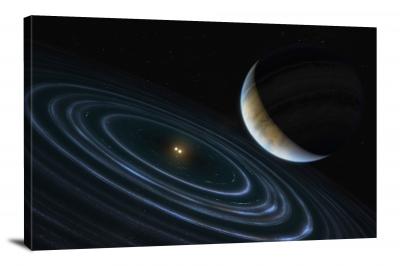
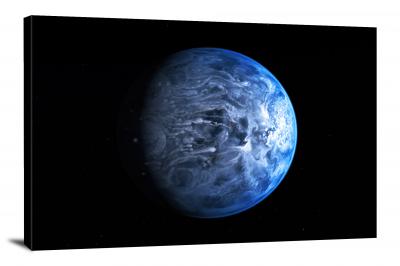
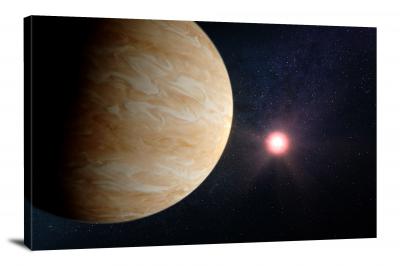
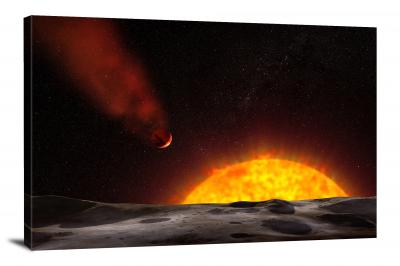
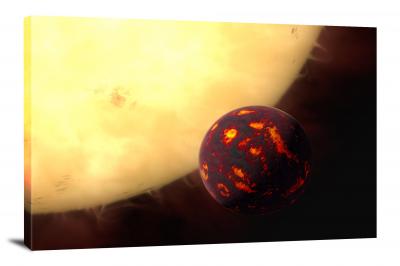
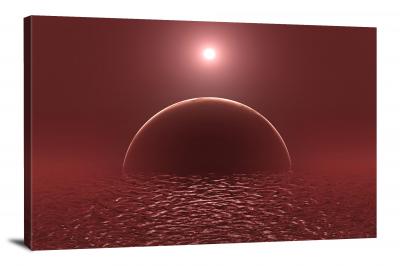
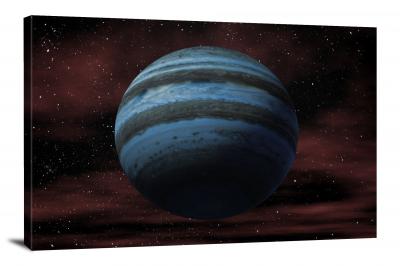
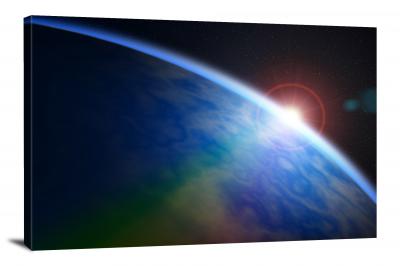
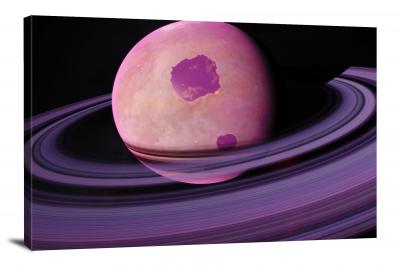
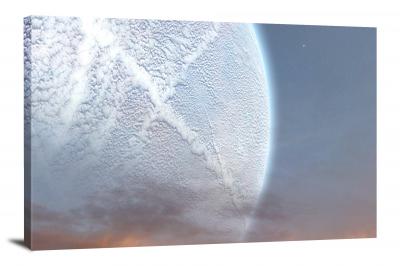
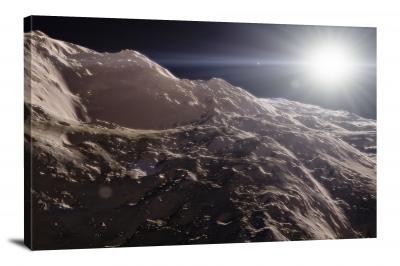

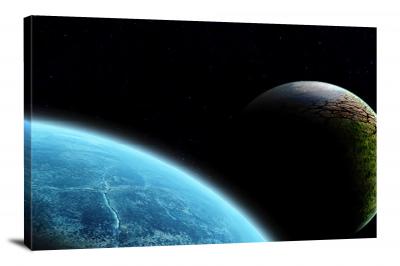
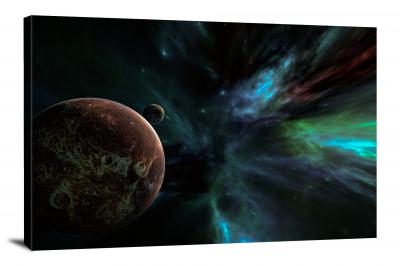
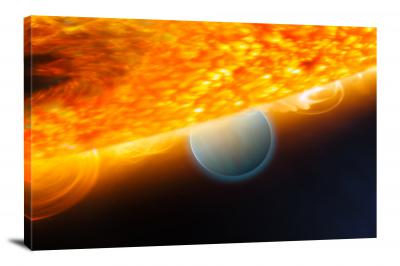
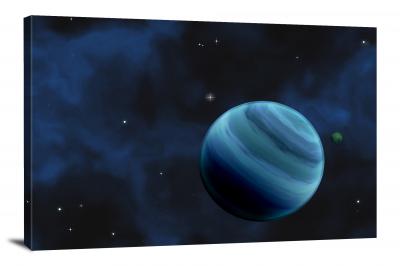
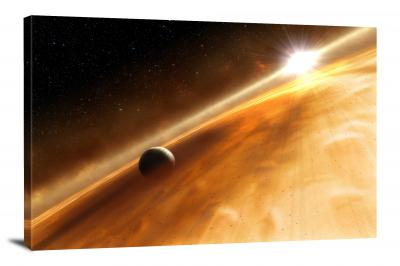
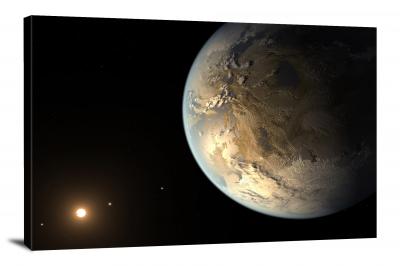
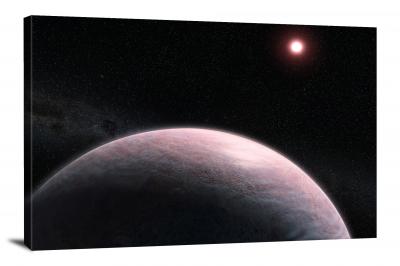
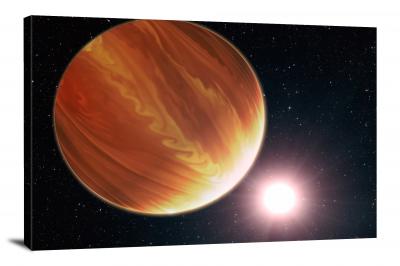
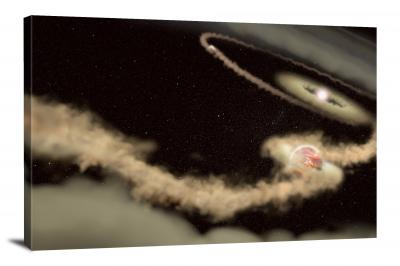
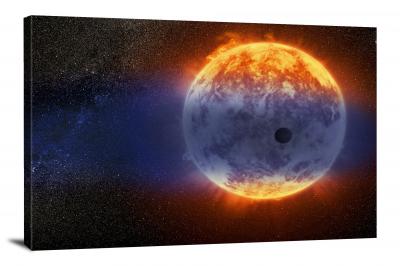
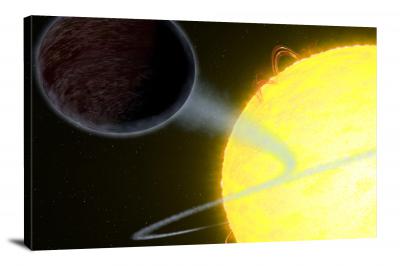
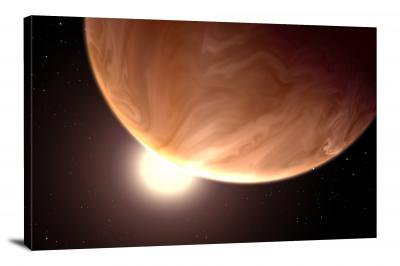
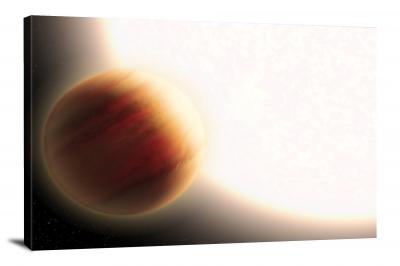
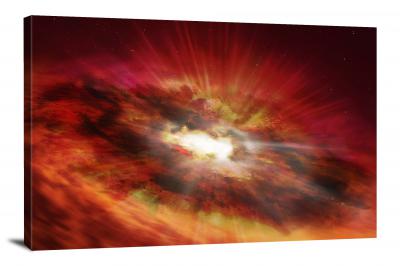
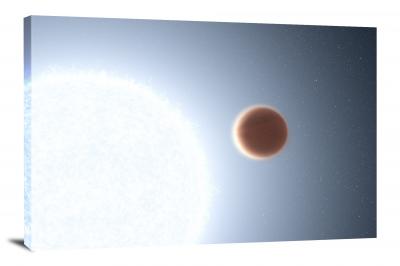

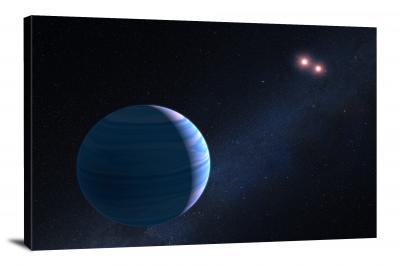
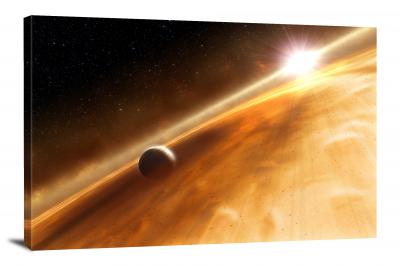
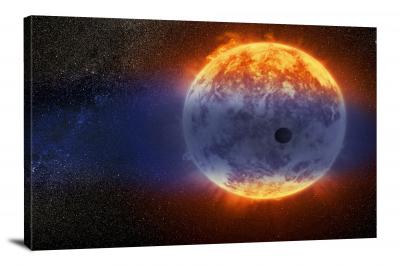
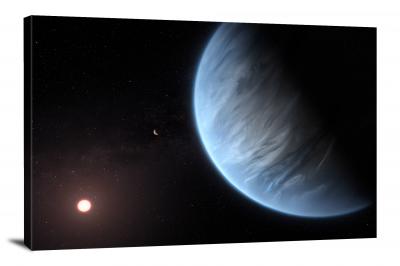
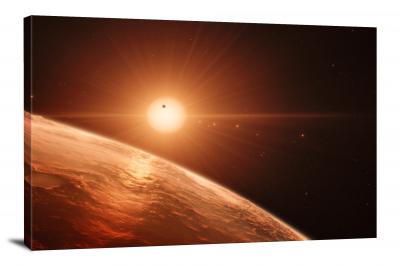
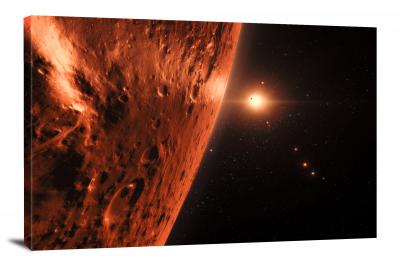
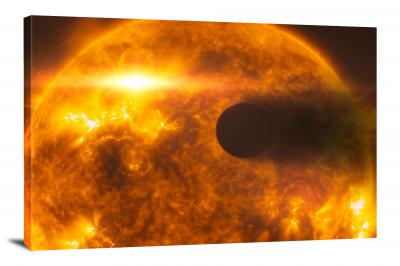
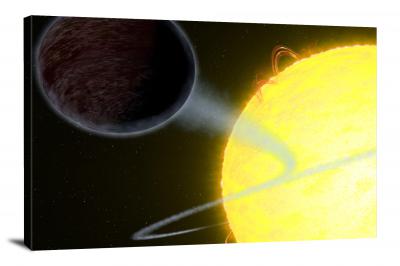
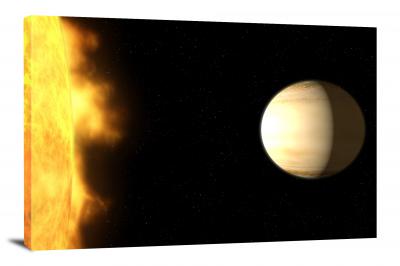
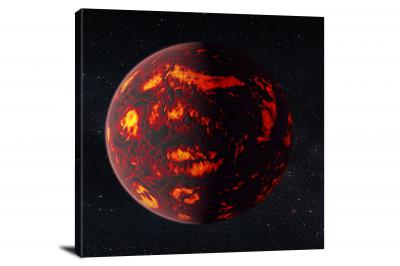
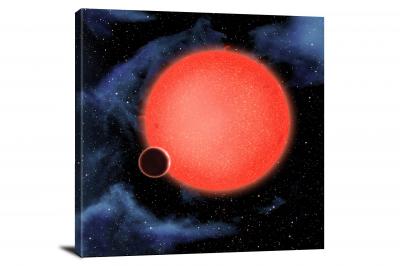
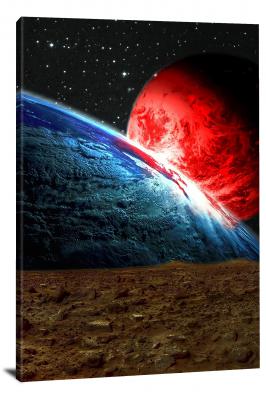
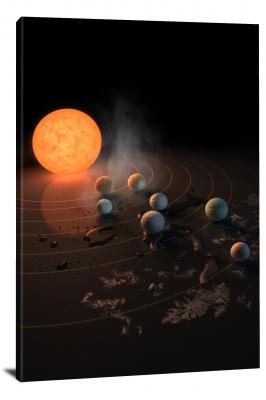
In the vast, star-studded canvas of the cosmos, exoplanets – planets orbiting stars outside our solar system – captivate our imagination and scientific curiosity. They embody our timeless quest for the unknown and the possibility of life beyond Earth. As our cosmic vision expands, we are discovering a rich diversity of these alien worlds, each holding unique clues about the universe and our place within it. Let's journey into the realm of exoplanets, exploring their discovery, diversity, and the profound questions they raise.
The Birth of Exoplanet Exploration
The concept of exoplanets is not new, having been the subject of philosophical debates for centuries. However, it wasn't until the last decades of the 20th century that technological advancements enabled the first concrete discoveries.
The first exoplanet detected around a Sun-like star, 51 Pegasi b, was announced in 1995 by Swiss astronomers Michel Mayor and Didier Queloz. This 'hot Jupiter' – a gas giant with an orbital period of a mere 4.2 days – defied conventional theories of planetary formation and ignited a new era of exploration.
The Art of Exoplanet Detection
Detecting exoplanets is a challenge akin to spotting a firefly next to a lighthouse from miles away. Astronomers primarily use two methods, indirect and direct detection, to overcome this challenge.
Indirect Detection: This approach involves observing the effects an exoplanet has on its host star. The most common techniques are radial velocity (detecting the star's wobble caused by the gravitational tug of the planet) and transit method (observing the minute dimming of the star's light as the planet passes in front of it).
Direct Detection: This method involves capturing direct images of exoplanets, typically by using sophisticated instruments to block the star's light. This approach is challenging due to the significant contrast and proximity between the star and the exoplanet, but it offers rich data about the planet's atmosphere and potential signs of life.
A Diverse Cosmic Menagerie
As our technological prowess grows, so too does the catalogue of discovered exoplanets, showcasing an astonishing array of alien worlds. From gas giants larger than Jupiter to rocky planets smaller than Earth, from 'hot Jupiters' with searing temperatures to 'super-Earths' and 'mini-Neptunes', the diversity of exoplanets challenges our understanding of planet formation and evolution.
One particularly exciting category is the habitable or 'Goldilocks' zone — the orbital region around a star where conditions might be just right for liquid water to exist on a planet's surface. Planets in this zone, such as Proxima Centauri b, TRAPPIST-1e, and Kepler-22b, are prime targets in the search for life.
The Quest for Life
Exoplanets fuel our age-old question: Are we alone in the universe? The detection of biosignatures, chemical signs of life, in exoplanetary atmospheres could provide an answer. Using tools like spectroscopy, scientists can analyze the light that passes through an exoplanet's atmosphere, identifying potential biosignatures such as oxygen, methane, and other organic molecules.
Observatories like the James Webb Space Telescope and ground-based Extremely Large Telescopes are set to usher in a new era in the hunt for biosignatures and our understanding of these distant worlds.
The Future of Exoplanet Exploration
With thousands of exoplanets discovered and potentially billions more in our Milky Way galaxy, we are merely scratching the surface of exoplanetary exploration. Future missions like NASA's PLATO and ARIEL, and ESA's CHEOPS, are set to broaden our cosmic horizon further, probing exoplanetary atmospheres, structures, and potentially, signs of life.
The study of exoplanets embodies the intersection of philosophy and science, entwining our profound existential questions with the thrill of exploration. As we delve deeper into the cosmic ocean, these alien worlds will continue to inspire, teach, and tantalize us with the possibility of finding life beyond Earth. The journey of exoplanet exploration has only just begun, and its potential discoveries are as limitless as the universe itself.